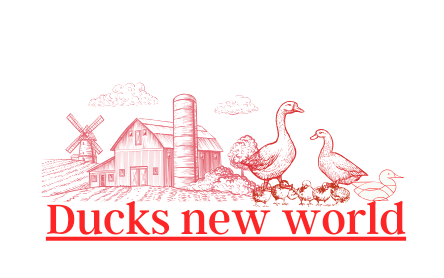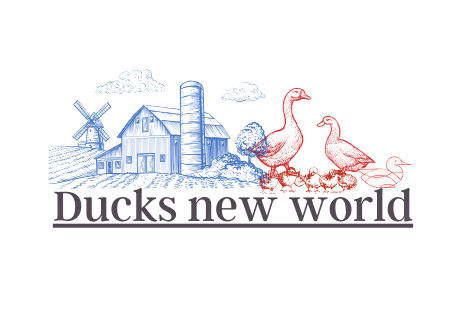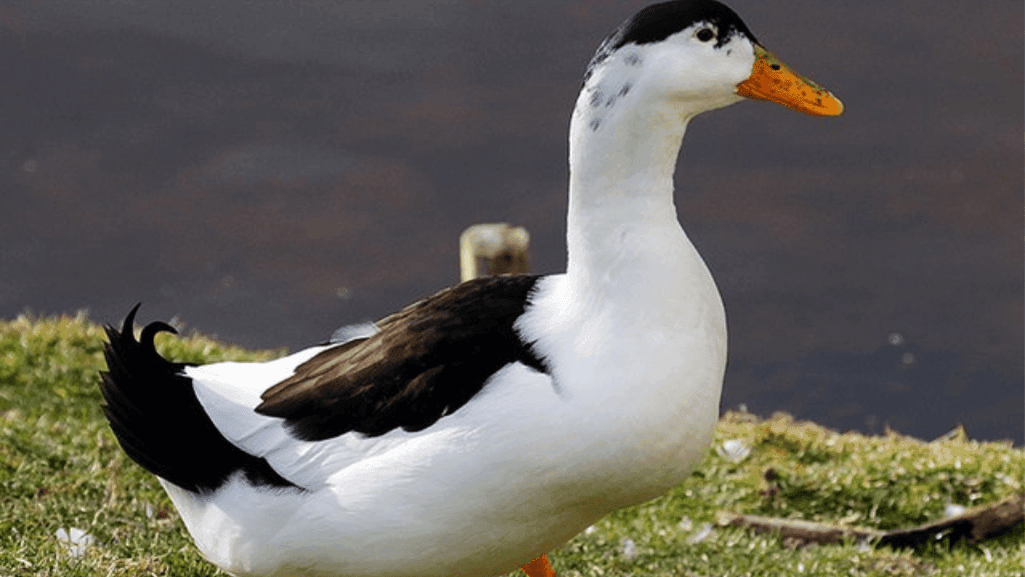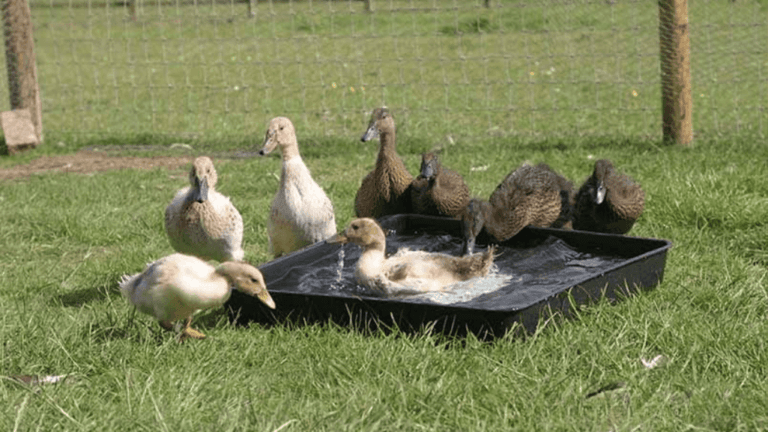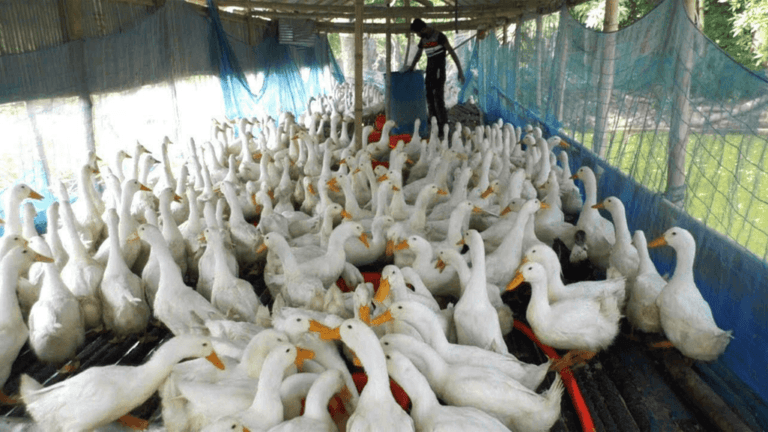The Magpie Duck is a fascinating breed with a rich history rooted in British heritage. Known for its striking black-and-white plumage, this bird stands out in the world of poultry. Its unique markings and elegant appearance have made it a favorite among enthusiasts and breeders alike.
Originating from the United Kingdom, the Magpie Duck has been recognized in various poultry standards for its distinctive features. The breed boasts a long head and a sleek back, adorned with feathers that create a beautiful contrast. These characteristics not only make it visually appealing but also highlight its importance in the poultry world.
Beyond its looks, the Magpie Duck is celebrated for its impressive egg-laying capabilities. This breed is a valuable addition to any livestock collection, offering both aesthetic and practical benefits. Whether you’re a seasoned breeder or a curious newcomer, understanding its habitat and behavior is essential.
Key Takeaways
- The Magpie Duck has a rich British heritage and is known for its unique black-and-white plumage.
- This breed is recognized in various poultry standards for its distinctive markings and elegant appearance.
- Magpie Ducks are excellent egg layers, making them a practical choice for poultry enthusiasts.
- They thrive in environments that allow them to exhibit their natural behaviors and social interactions.
- Understanding their habitat and behavior is crucial for anyone interested in raising these remarkable birds.
Breed History and Legacy
Originating in Wales and Yorkshire, the Magpie Duck has a unique legacy. This breed was developed after World War I by breeders M.C. Gower-Williams and Oliver Drake. Their goal was to create a bird with striking markings and practical benefits for poultry enthusiasts.
Origins and Early Development
The Magpie Duck’s early development was influenced by the Indian Runner and the Belgian Huttegem. These breeds contributed to its sleek back and long head, which became defining features. By 1926, it was officially registered in the British Waterfowl Standards, solidifying its place in poultry history.
Evolution of Breed Standards and Color Variants
Over time, the breed’s standards evolved to include black-and-white, blue-and-white, and other color variants. The Poultry Club of Great Britain and the American Poultry Association set specific criteria for its plumage and structure. These standards ensured the breed’s consistency and appeal in early shows.
For more information on similar breeds, explore our guide on black and white duck breeds. This resource highlights the unique characteristics and benefits of various breeds, making it a valuable reference for enthusiasts.
Magpie Duck: Natural Habitat and Behavior
Efficient foragers, they play a vital role in pest control. Their natural habitat includes wetlands, ponds, and grassy areas where they can exhibit their active foraging behavior. These environments provide ample opportunities for them to search for insects, aquatic life, and vegetation.
Environmental Adaptations and Habitat Overview
These birds are highly adaptable, thriving in both rural and semi-urban settings. Their feathers provide insulation, allowing them to withstand varying weather conditions. Wetlands and ponds are their preferred habitats, offering both food sources and safety from predators.
Behavioral Traits and Foraging Patterns
Known as active foragers, they efficiently search for food, consuming slugs, snails, and other pests. This behavior makes them valuable in agricultural settings. Their graceful movement in water and on land is a sight to behold, with their angled body carriage adding to their elegance.
Egg Production and Reproductive Insights
Hens are prolific layers, producing between 220 and 290 eggs annually. These eggs are primarily white, though some may have a blue or green tint. Incubation takes about 28 days, and ducklings hatch with a high success rate, ensuring the breed’s continuity.
For more detailed insights on raising these remarkable birds, explore our guide on Magpie Duck care and breeding. This resource provides practical tips for enthusiasts looking to maximize their flock’s potential.
Breeding, Care, and Utilization Insights
Raising Magpie Ducks requires attention to their unique needs and behaviors. Proper housing, feeding, and breeding practices are essential for maintaining a healthy flock. These birds are not only valued for their striking appearance but also for their utility as layers and foragers.
Proper Housing, Feeding, and Husbandry
Magpie Ducks thrive in environments that mimic their natural habitat. A well-ventilated coop with access to clean water is crucial. Their diet should consist of a balanced mix of prepared rations and flattened oats, especially during the breeding season.
Access to pasture enhances their foraging behavior and reduces feed costs. During summer and show seasons, a 50-50 ratio of prepared feed to oats is ideal. This ensures they maintain optimal weight and health.
Selection, Certification, and Breeder Tips
Selecting robust breeders is key to maintaining high egg production and desirable markings. Focus on drakes and hens with strong genetics and active behavior. Certifications like NPIP and TAHC ensure quality control and disease-free flocks.
For hatching, artificial incubation has a high success rate. Devices like the Genesis Hovabator are preferred for incubation, while the Brinsea Octagon 40 is ideal for hatching. These tools help maintain the breed’s continuity and quality.
Magpie Ducks are also valued for their meat, known for its gourmet quality. Their excellent feed conversion rates make them a practical choice for both small-scale and commercial poultry operations. By following these guidelines, breeders can ensure a thriving and productive flock.
Conclusion
The Magpie Duck stands out as a remarkable breed with a rich history and practical utility. Known for its striking black-and-white color and elegant appearance, this bird has been a favorite among poultry enthusiasts for decades. Its origins in the United Kingdom and recognition in the United States highlight its global appeal.
This breed thrives in natural habitats like wetlands and ponds, showcasing its active foraging behavior. Female ducks are prolific layers, producing up to 290 eggs annually, making them a valuable addition to any flock. Their adaptability to various environments further enhances their utility in both rural and semi-urban settings.
Proper care, including balanced feeding and adequate housing, ensures their health and productivity. Breeders should focus on selecting robust ducks and obtaining certifications to maintain high standards. The Magpie Duck’s contribution to livestock conservation and its recognition in the United States underscore its importance in poultry farming.
For those interested in exploring more about this breed, check out our guide on distinguishing Magpie Ducks from other breeds. Dive deeper into their care and breeding practices to maximize their potential in your flock.
